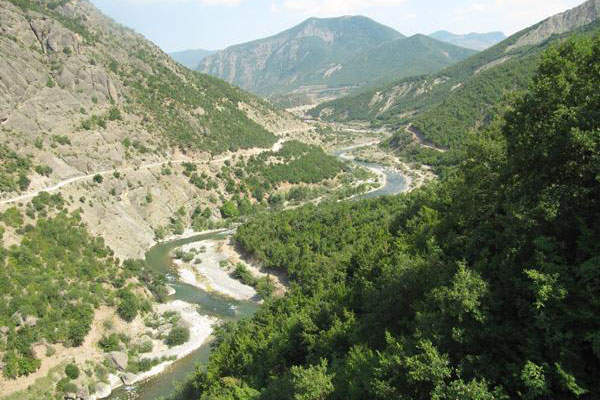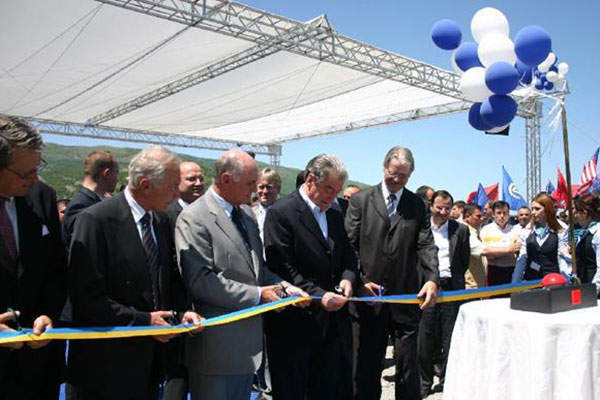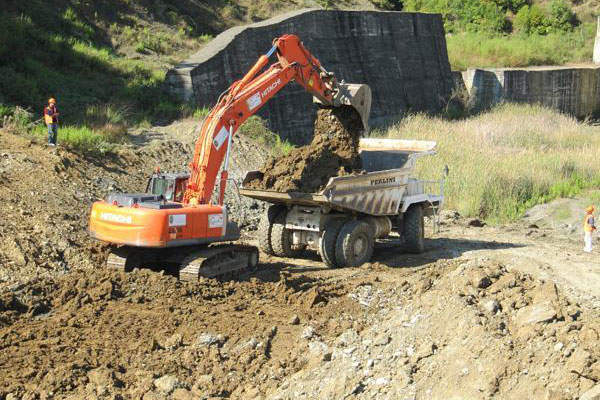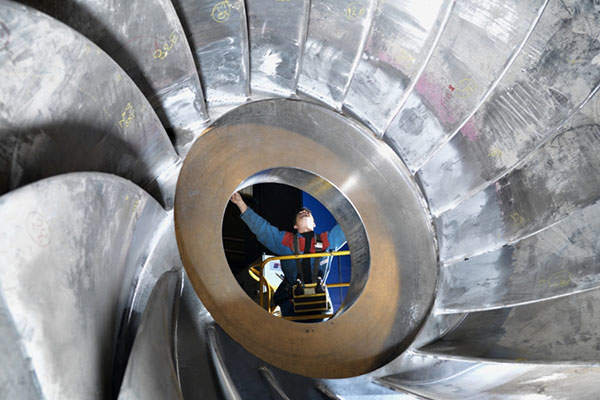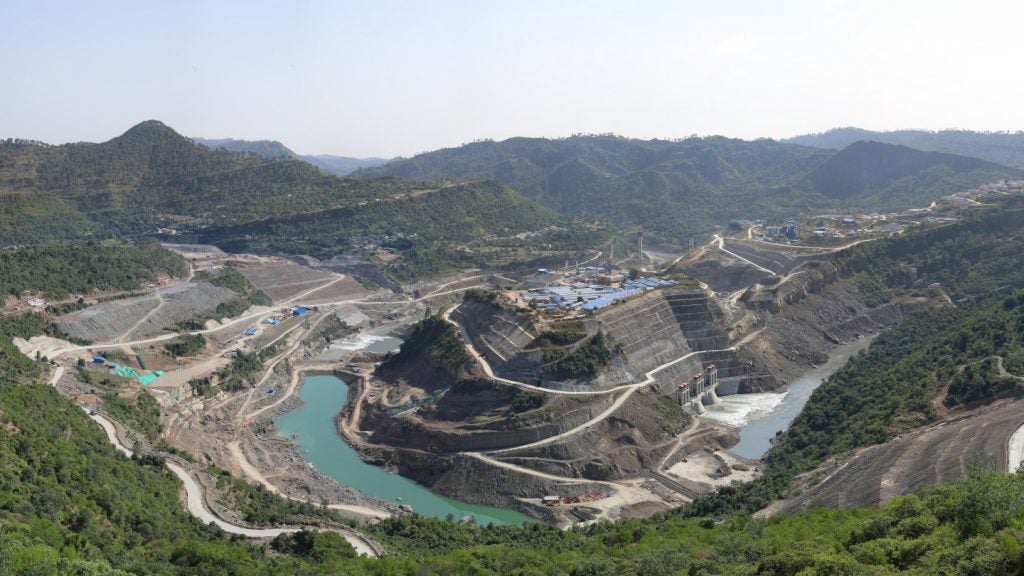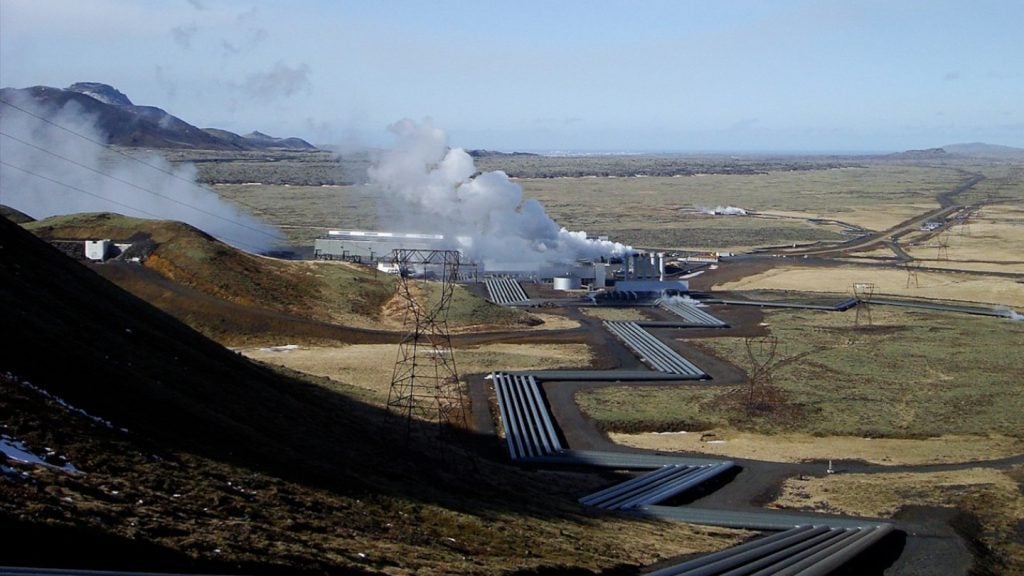The 278MW Devoll hydroelectric power plant is the first large-scale public-private-partnership (PPP) investment project being undertaken in Albania, and one of the largest hydropower investments in the Balkans region. The project includes the construction of three hydropower stations namely Banjë, Moglicë and Kokel on Devoll River.
The groundbreaking ceremony for the project was held on 8 June 2009. The Banjë and Moglicë plants are expected to come online in 2016 and 2018 respectively, following which investment decision on the Kokel plant will be made.
The Banjë and Moglicë power plants are estimated to generate more than 700GWh and are expected to increase Albania’s electricity production by approximately 20%.
Norwegian company Statkraft and Austrian company EVN formed a 50/50 joint venture called Devoll Hydropower for developing the project. Statkraft acquired EVN’s 50% stake in March 2013 to become the sole owner of Devoll Hydropower.
Devoll hydropower project location and history
The Belene Nuclear Power Plant project is located around 7.5km from the border of Romania and near the Danube River, in the Republic of Bulgaria.
The Devoll power project is located approximately 70km southeast of Albania’s capital city Tirana. The project area includes the mountainous region of the middle and upper reaches of the Devoll River between Maliq and Banja villages.
On 19 December 2008, Devoll Hydropower was awarded the right to develop hydropower projects under a concession agreement (CA) made with the Government of Albania (GoA). The agreement came into force from 1 April 2009.
The project is being developed as a build, own, operate and transfer (BOOT) concession agreement, which was sanctioned by the Albanian parliament in 2009.
Devoll plant make-up
The Banjë plant is expected to use the existing cofferdam structure, which is proposed to be raised to 175m above sea level. The dam is proposed to be an embankment dam with an impervious clay core and will be 80m tall.
The Banjë reservoir is expected to have a surface area of 14.11 million square metres and power density of 4.57W/m². The powerhouse will feature two Francis units with a combined capacity of 64.6MW and is estimated to produce 252GWh of energy annually.
The Moglicë plant is the upper and biggest of the three plants planned under the Devoll hydropower project. It will consist of a 150m dam asphalt-core rock-filled structure, which is anticipated to be the highest of its kind in the world upon completion.
The Moglicë reservoir will have a surface area of 7.21 million m² and power density of 23.74W/m². Its powerhouse will be located underground on the north bank of the Devoll River. Water from the Moglicë reservoir will be conveyed through a 10.7km-long headrace tunnel. The tailrace tunnel will be 900m long and will be connected to the Kokel reservoir.
The Moglicë powerhouse will consist of two Francis turbine generator units with a combined capacity of 171.2MW. The plant is expected to produce an average of 445GWh of energy a year.
The Kokël dam will comprise an approximately 50m-high combined concrete and rockfill dam with a fixed crest spillway. The Kokel reservoir is proposed to have a surface area of approximately 710,000m². Water will be conveyed to the power house through a 300m-long headrace tunnel.
The powerhouse will be equipped with two Francis units with a combined capacity of 36.2MW. It is estimated to have an average annual energy production capacity of 92GWh.
Power transmission from Devoll power plant
Electricity generated by the Devoll hydroelectric power plant will be supplied to the national grid by means of new transmission lines. Power from the Moglice hydropower plant will be transmitted to Elbastan, the main hub in the southern primary grid, through a 48.2km-long, 220kV double circuit line, which will run through the Kokel plant.
Power from the Banja plant will be transmitted to Cerrik substation in the secondary grid through a 12.5km-long, 110kV single circuit line.
Contractors involved
Statkraft contracted Alstom for the supply of six Francis turbine-generator units and auxiliaries for the Devoll hydropower project in Albania. The contractual scope also includes construction of two high-voltage substations of 220kV and 110kV along with hydraulic steelworks.
AF-Consult Switzerland was engaged as the owner designer for the project.

